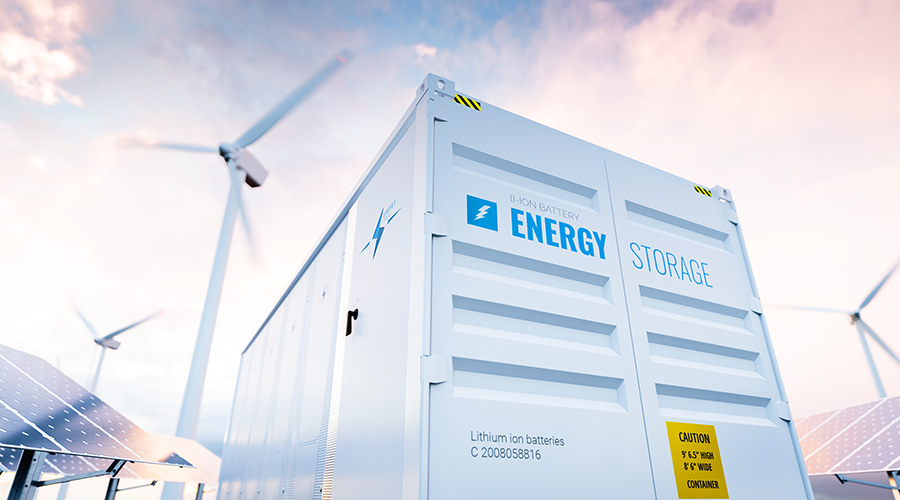LEED v4.1 Continues Focus on Sustainable Operations, Building Performance
New prerequisites for building performance scores in five key areas both integrate LEED with Arc, and also help ensure long-term sustainable facility management.
In late March 2018, the U.S. Green Building Council released the beta version of LEED v4.1 Operations and Maintenance. The new LEED v4.1 rating system is the first official update to LEED since 2013, though LEED v4.1 isn’t a full rating system remodel. Rather, it’s an incremental update that includes several tweaks to standards and credits. The goal is to make the rating system easier and more efficient for facility teams to use. Credits have been consolidated and new prerequisites created as USGBC continues to emphasize sustainable, long-term operations and actual real-world results.
“We’ve shifted things around and elevated even further strategies focusing on measuring building performance,” says Larissa Oaks, a LEED specialist at USGBC. One of the reasons the Operations and Maintenance rating system was the first to be released (a beta version of LEED v4.1 for Building Design and Construction is expected soon) is because USGBC sees existing buildings as the biggest opportunity to make a real impact and move the needle on big-picture sustainability goals, like climate change, says Oaks. “We want to get more existing buildings using LEED and improving performance,” she says. To that end, she says USGBC tried to remove some of the complexity in the rating system itself, but also the certification process.
The most prominent example of this in LEED v4.1 is the rating system’s further integration with Arc. Arc is a platform and dashboard for collecting, analyzing, and displaying data, and then using that data to benchmark performance. It includes five categories for data collection — transportation, water, energy, waste, and human experience — which are then converted into an overall score.
The new version of LEED integrates Arc by including five new prerequisites — strategies that LEED teams must complete to achieve any level of LEED certification — that match up with those five Arc data-collection areas. It means LEED and Arc are using the same format for data collection, so when project teams are doing one, they’ll naturally be doing both by default.
“We’re very specifically asking project teams to collect data in those five areas,” says Oaks. “This is the first time that we’ve fully integrated Arc into our rating system.” The advantage of using Arc in conjunction with LEED is that Arc provides a continuously updated whole-building sustainability score. “One of the big benefits is that as building teams prepare or implement changes and improvements to their building, they’ll see their progress,” says Oaks. “They’ll see how those improvements are translating into better building performance.” What’s more, Arc is free for users who register a project with LEED v4.1.
It’s important to note, however, that LEED does still require more than just collecting the data. Because LEED is a “leadership” standard, to be certified, projects must meet minimum performance levels in all five categories. This is new with LEED v4.1 — in the past, LEED just had minimum performance requirements in energy and water. In LEED v4.1, in the transportation category, for instance, both Arc and LEED ask building teams to do a transportation survey at least once per year to gauge how occupants are arriving at a building. To be LEED certified, then, building teams must achieve a minimum score of 40 based on a simple calculation gleaned from the transportation survey data. Guidance on how to do the calculation is provided in the LEED v4.1 document.
When that score of 40 is achieved, you’re awarded six LEED points. Then, further LEED points are awarded for a score above 40. (See this article for more about particular requirements in all five areas.) “This is new for project teams, as well,” says Oaks. “You’ll actually be getting points for those prerequisites.”
It’s important to note that these prerequisites tailored to match Arc data aren’t the only prerequisites. LEED still includes several prerequisites for operational and policy strategies such as refrigerant management, environmental tobacco smoke control, and a sustainable purchasing policy, just like in previous versions of LEED.
One other major change prerequisite-wise in LEED v4.1 is that several of the green cleaning credits from previous versions of LEED have been combined into a single green cleaning prerequisite. “The concepts have remain largely unchanged,” says Oaks. “But we expect that this will be an easier approach.”
Related Topics:














